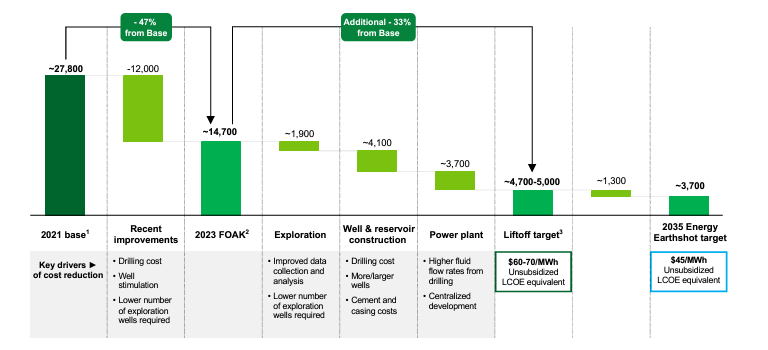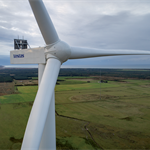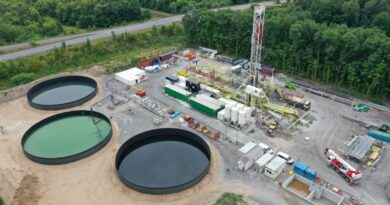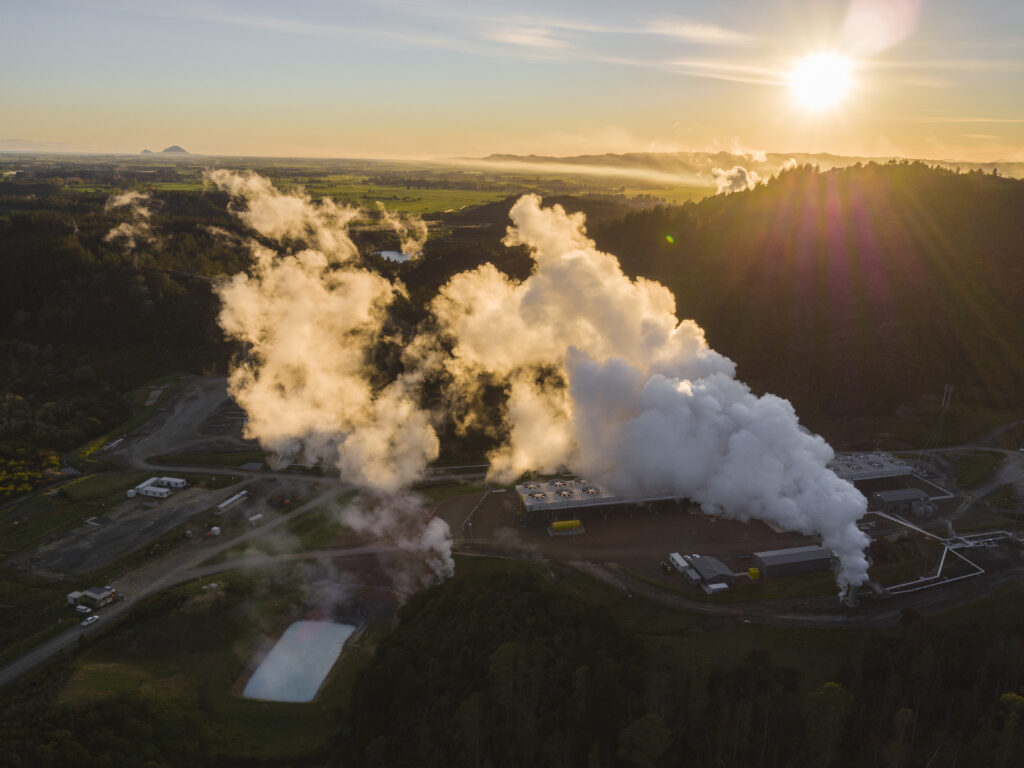Geothermal draws great interest at CERAWeek in Houston, Texas
Energy Disrupter
An increased focus on geothermal energy during the recent CERAWeek in Houston bodes well for geothermal’s growing prominence on the global energy stage.
The status of geothermal as the emerging renewable energy sector seems to have strengthened further following this year’s CERAWeek in Houston, Texas. Although the event was still heavily dominated by oil and gas, the topic of geothermal came up multiple times as a potential pathway for transition for oil and gas companies and professionals.
The annual CERAWeek, organized by S&P Global, is the world’s premier energy conference, featuring insights on energy policy and regulation, climate change, geopolitics, technical innovation, among others.
DOE announces liftoff report for geothermal
Undoubtedly the highlight for geothermal during this year’s CERAWeek is the announcement of the “Pathways to Commercial Liftoff” report for next-generation geothermal by Energy Secretary Jennifer Granholm. The report shows how next-generation geothermal can be cost-competitive, with the potential to increase the United States’ geothermal energy production to 90 GW or more by 2050.
“Many of you have heard me say this before: geothermal has such ENORMOUS potential. If we can capture the “heat beneath our feet,” it can be the clean, reliable, base-load scalable power for everybody from industries to households,” said Granholm during the announcement.

The report says that an estimated $20 to $25 billion of investment will be needed to deploy 2-5 GW of next-generational geothermal across 4 to 6 states. This is just for phase 1 of the commercial liftoff roadmap. Phase 2 is targeting an installed capacity of 88 to 125 GW, which would require $225 to $250 billion of investment.
“The DOE has published liftoff reports for various emerging sectors including clean hydrogen and advanced nuclear. Now, it’s geothermal’s time to begin to scale because technological advancements in the industry are intersecting with the pressing need for clean, consistent power to meet skyrocketing electricity demand,” said Jigar Shah, Director of the DOE’s loan programs office.
The Energy Secretary also emphasized the role that the oil and gas industry can play in enabling next-generational geothermal deployment, “Our Liftoff Report underscores that the oil and gas industry is incredibly well-positioned to lead in geothermal. And by the way, key barriers have already been taken out of the way. For example, all federal oil and gas leases can be converted to geothermal leases without having to go through any permitting review.”
Oil and gas as an enabler for geothermal
Geothermal as the clean energy pivot for oil and gas companies and technologies was a consistent theme during CERAWeek. This is hardly surprising, considering how geothermal startups like Fervo Energy and Sage Geosystems have successfully secured investments from companies traditionally involved in the oil and gas business.
Just a few weeks ago, Fervo announced the closing of a $244-million funding round, led by shale oil and gas company Devon Energy. Fervo is in the advanced stages of developing and testing EGS technologies, notably achieving good results using the plug-and-perforate method developed in oil and gas.
“Maybe oil and gas people are latecomers to the game in thinking about the energy transition, but now that we are, there’s a lot of people that are interested and that are wanting to use their skills in oil and gas to put towards the energy transition and, quite frankly, towards geothermal,” commented Cindy Taff, CEO of Sage Geosystems.
In an exclusive interview with Axios, Exxon CEO Darren Woods also implied that company’s interest in geothermal, although clarifying that this is not something they they are actively pursuing at the moment. “We’re keeping a very close eye on it, recognizing there is a very strong alignment and synergies with what we already know how to do.”
Chevron’s return to geothermal
At one point, Chevron was one of the largest geothermal power producers in the world with assets in the Indonesia and the Philippines. Chevron has since sold those assets (Philippines and Indonesia) but in recent years has been gradually getting back to the geothermal market.
During a panel discussion in CERAWeek, Chevron CEO Mike Wirth mentioned that the company is currently pursuing geothermal pilot projects in California and Japan. The goal for these pilot projects is to test new technologies to expand the possibilities of areas where geothermal energy can be extracted.
Chevron New Energies, the low-carbon division of Chevron, was one of three companies chosen to implement pilot geothermal projects in the Geothermal Opportunity Zone (GeoZone) spanning the Sonoma and Mendocino counties in California. In 2023, Chevron New Energies also signed definitive agreements with MOECO for pilot testing of Advanced Closed Loop (ACL) geothermal technology in Hokkaido, Japan.
Source: Houston Chronicle (1, 2, and 3), Axios, and US Department of Energy

















